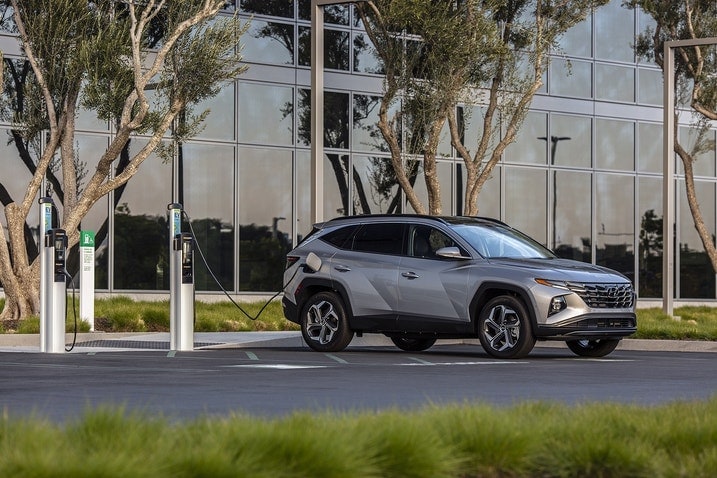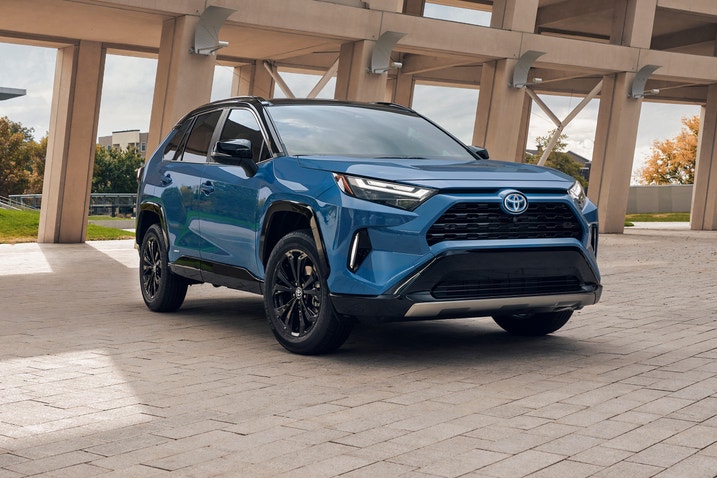Hybrid vehicles have been around for over 20 years and are only getting more common. They are the go-to vehicle for car shoppers wanting to reduce their fuel consumption and their vehicle's emissions. But how do they work, and what's the difference between a hybrid and a plug-in hybrid? Here, we'll outline the differences and help you decide not only what type of hybrid is right for you, but how much more you can expect to pay. We'll also discuss mild hybrids and electric vehicles to help you get a better understanding of the green car landscape. So if you're in the market for a hybrid, keep reading before you head over to your local dealership.
Though these two powertrain setups might have similar names, they're actually rather different. Hybrids don't need to be plugged in to charge their relatively small batteries. Plug-ins, on the other hand, have much larger-capacity batteries that can be charged at a 240-volt or Level 2 charging stations, and some even have Level 3 fast-charging capability. Plug-in hybrids also have much longer electric-only driving range, meaning you might be able to run your entire daily commute on electric power alone. Of course, these vehicles also cost more as a result.
How to pick the right kind of hybrid vehicle
- What is a gasoline-electric hybrid?
- What is a plug-in hybrid?
- What type of hybrid is right for you?
- How much more do hybrids and plug-in hybrids cost?
- Do hybrids and plug-in hybrids qualify for federal tax credits?
- What is a mild hybrid?
- What about electric vehicles?
What is a gasoline-electric hybrid?
Hybrids, also referred to as hybrid electric vehicles (HEVs), are powered by a gas engine plus one or more electric motors that get their power from a battery pack. The engine and electric motor work in tandem to power the vehicle, which results in improved fuel efficiency since the gas engine only runs when needed. When the hybrid is coming to a stop, the gas engine turns off and the car converts its momentum into energy by recharging the battery using the electric motor. However, when a lot of power is needed, such as when accelerating hard or climbing a hill, both the motor and engine send power to the wheels. The vehicle's onboard computer controls how much power is needed and when. All you do is drive normally.
Regular hybrids never have to be plugged in to charge the battery. They are like gas cars in the sense that you just hop in and go, and when the fuel gets low, you fill it with gas like a standard gas-powered car. Instead of getting power from an outside source like a charger, the small battery pack is partly charged by regenerative braking. When you press the brake pedal, the electric motor acts as a generator and sends power to the battery pack — power that would have been wasted as brake heat in a non-hybrid vehicle. When the battery pack needs additional energy, the gas engine powers the generator, which then charges the battery.
Hybrids are usually most efficient in stop-and-go driving and offer a lower fuel economy bump at steady highway speeds. Because of their small battery pack, most hybrids have an electric range of only about 1-3 miles at low speeds. Plug-in hybrids have a much longer electric range.
If you think a gas-electric car is right for you, check out our list of the best hybrid cars and SUVs on the market today.

